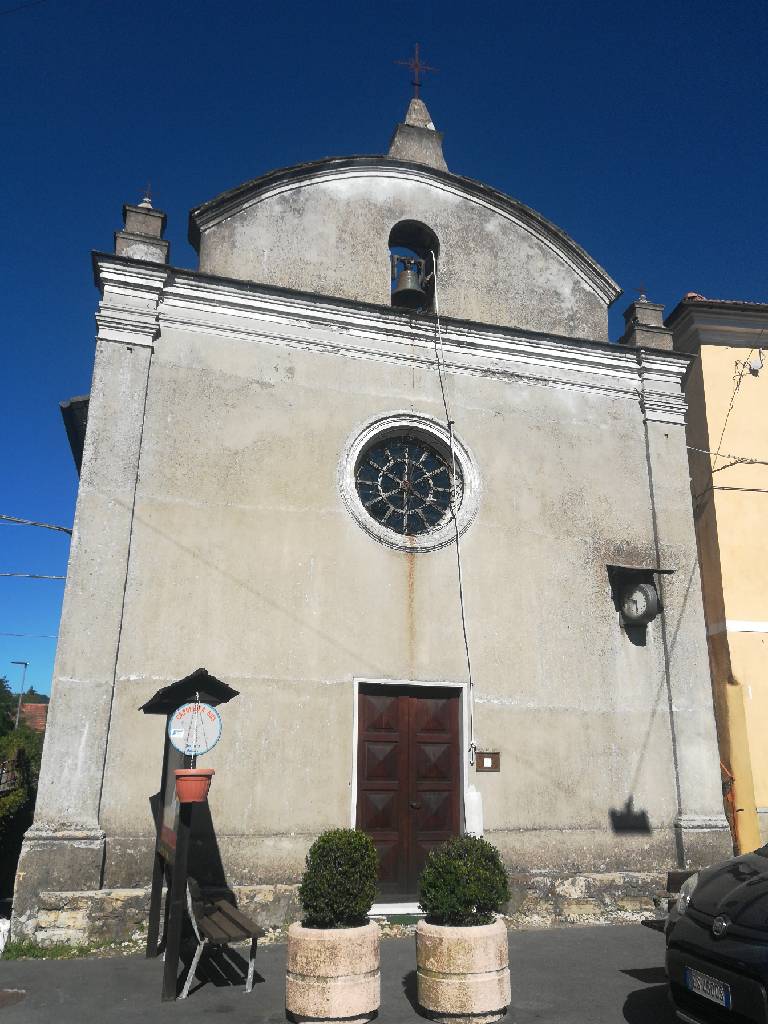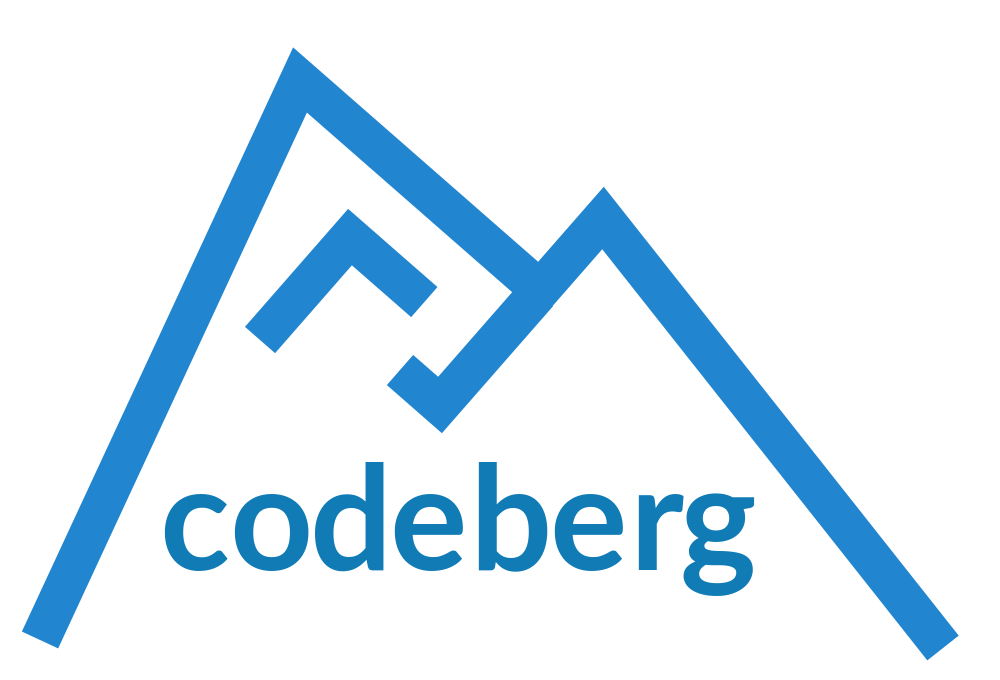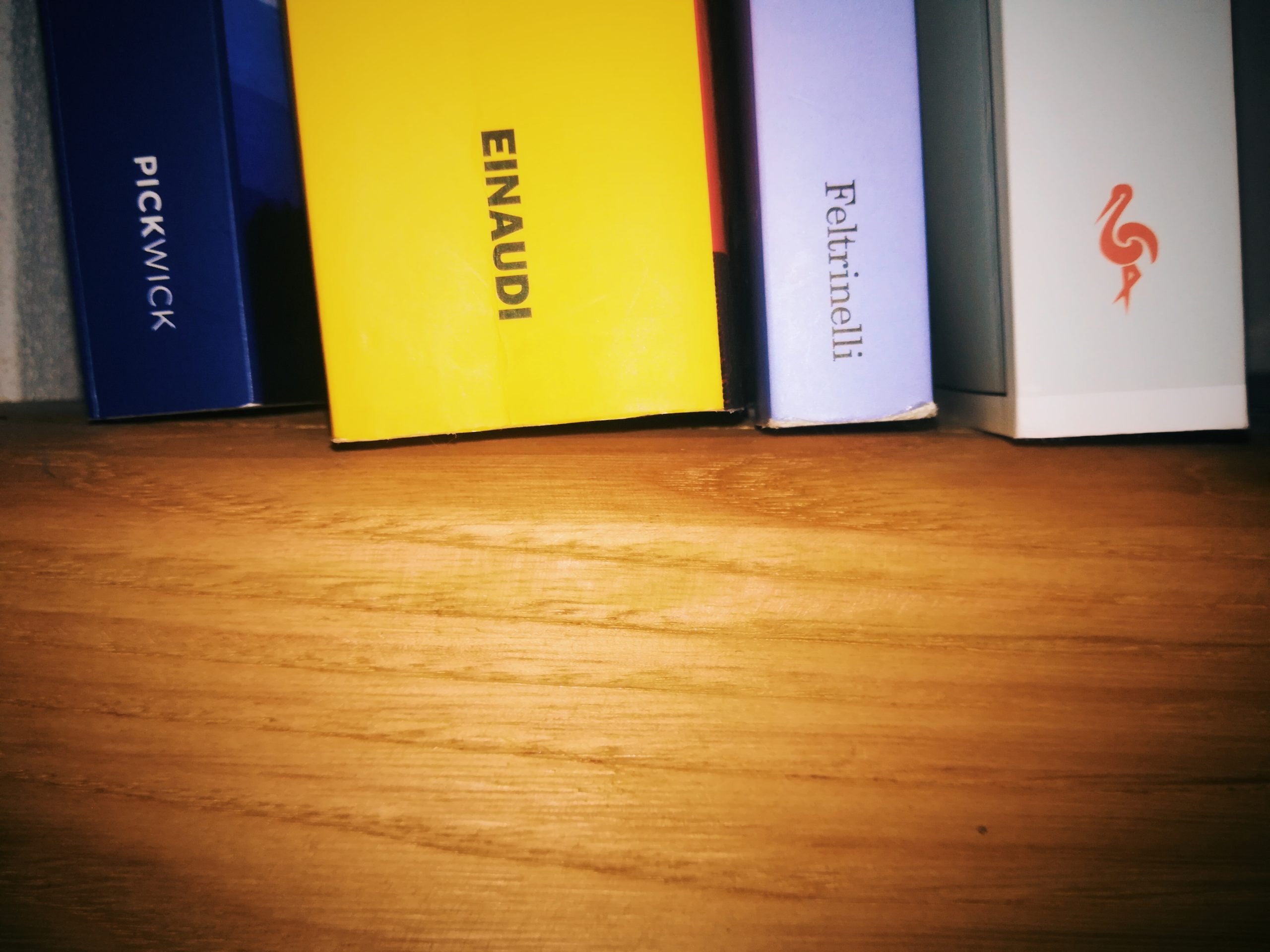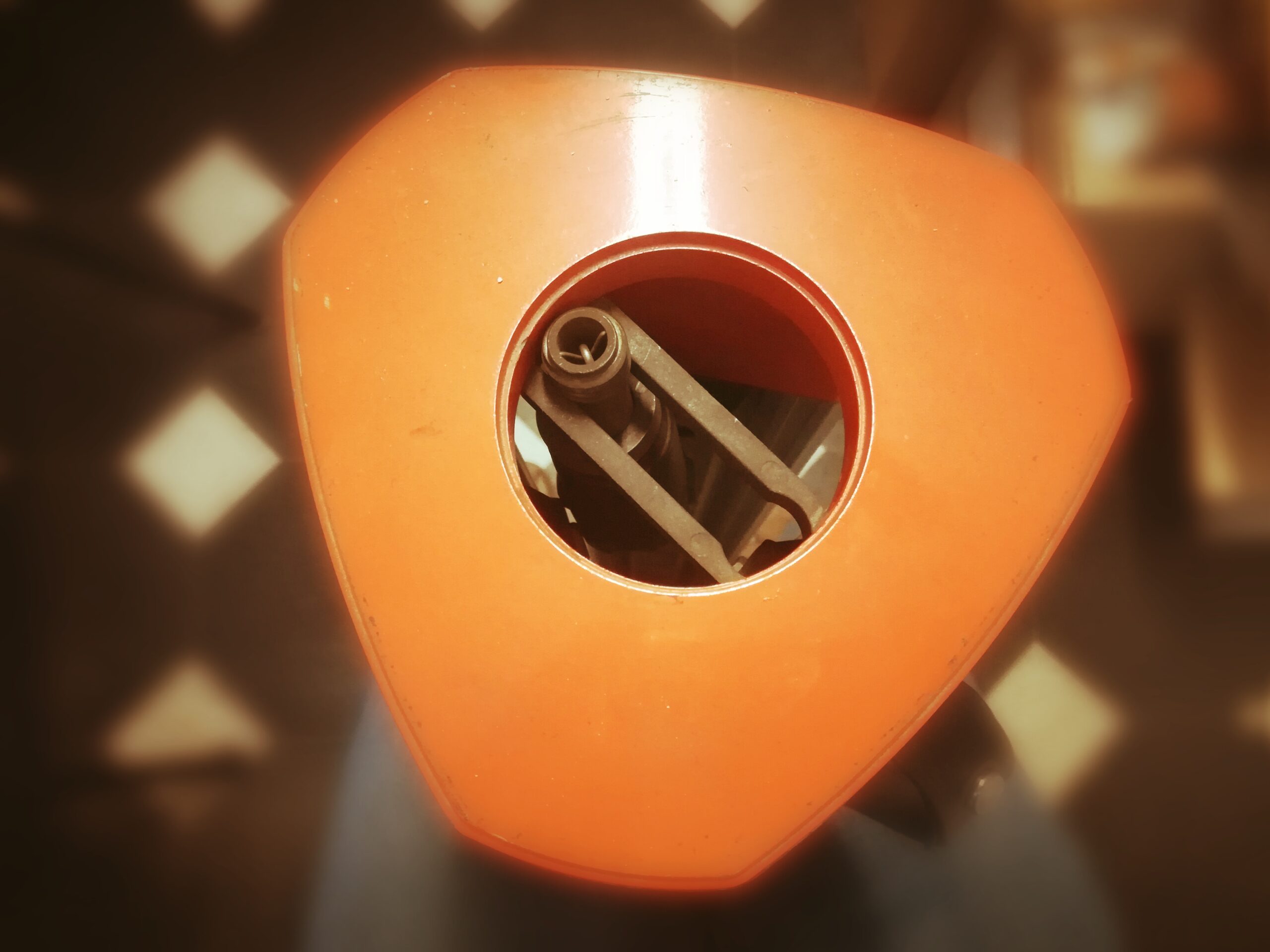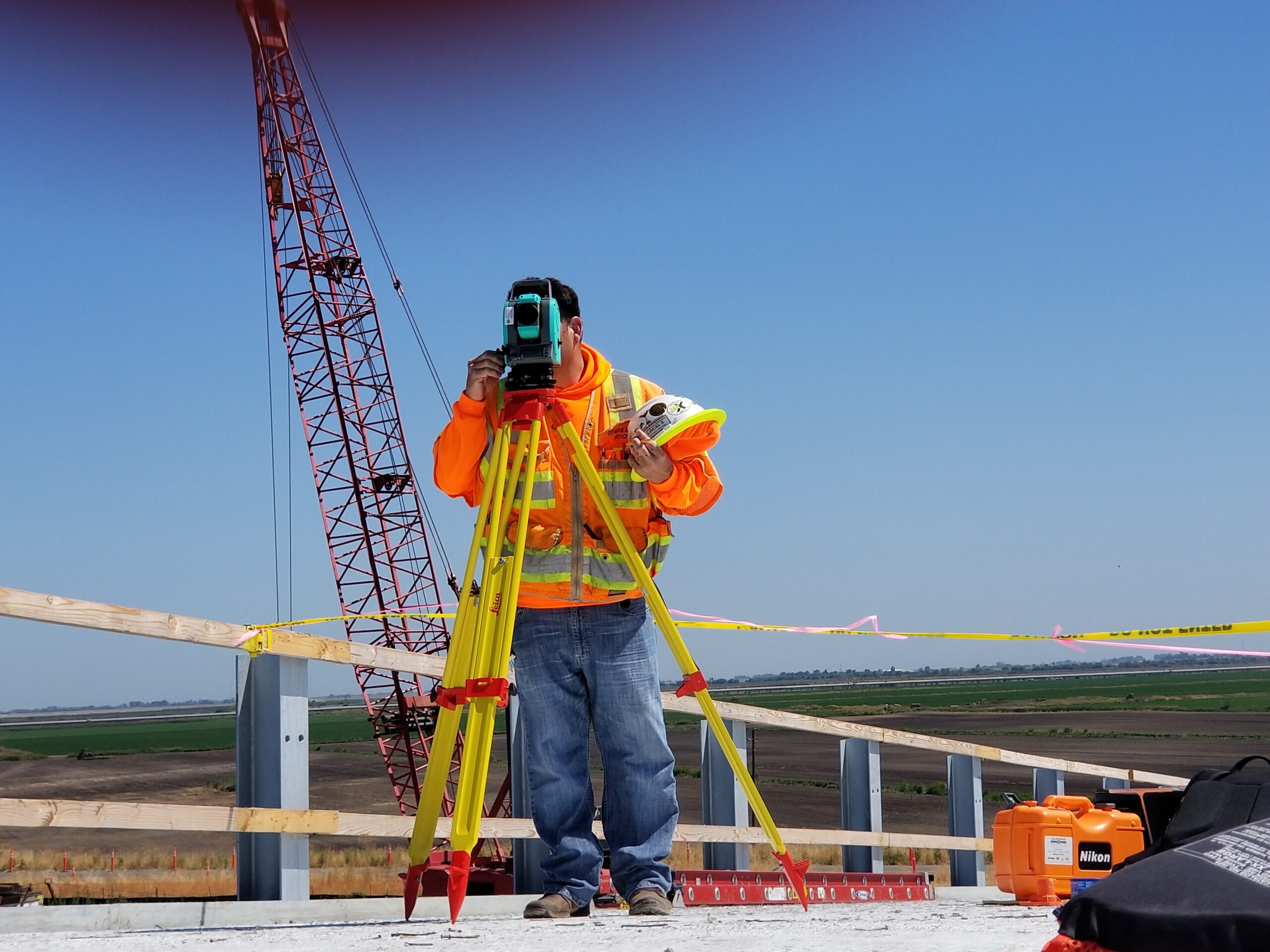Marzano è la frazione del comune di Torriglia (GE) dove sono cresciuto. Un paesino piccolo, luogo di origine dei miei antenati Costa. In questo periodo di isolamento ho avuto la fortuna di passare qui molti mesi e ho raccolto vecchi e nuovi appunti sulla sua storia, per quanto minore e frammentaria.
La chiesa di San Bartolomeo è l’unica chiesa di Marzano. Non è molto grande e viene variamente definita come cappella, oratorio o chiesa sussidiaria. La sua posizione centrale sulla piazza del paese (che è intitolata a Felice Cavallotti ma è chiamata da tutti “piazza della chiesa”) la rende facilmente riconoscibile. Non credo sia l’edificio più antico esistente in paese, ma è sicuramente quello su cui le notizie storiche sono più numerose, per quanto scarne. E con la storia della chiesa inevitabilmente si racconta anche la storia della comunità.
I maggiori dettagli storici si ricavano da un articolo del profilico don Giovanni Carraro, pubblicato sul notiziario parrocchiale nel 1938. Una descrizione architettonica più dettagliata che riprende in parte alcune notizie storiche si ricava dalla scheda di catalogo CEI. Riporto il contenuto dell’articolo quasi integralmente con alcuni commenti e soprattutto in ordine cronologico.

La “grande cappella” dedicata a San Bartolomeo Apostolo fu edificata nella prima metà del XVII secolo. Tuttavia, nelle carte dell’archivio parrocchiale viene spesso indicata come cappella dedicata a San Terenziano, vescovo tudertinus (e non terdonensis). In effetti questo dualismo permane ancora oggi: il giorno di San Bartolomeo (24 agosto) viene celebrata la messa, ma è nel giorno dedicato a San Terenziano (San Ransiàn in dialetto, il 3 settembre) che si svolge la festa popolare più laica, quella con i frisceu per capirci. La grande tela che si trova all’interno della chiesa ritrae comunque entrambi i santi insieme a San Rocco, Santa Lucia e Santa Apollonia. La presenza di San Terenziano a Marzano è interessante ed è solo una tra le molte località dell’Appennino dove San Terenziano persiste, talvolta da un millennio. Significativo che le date siano così ravvicinate e a pochi giorni di distanza dal 29 agosto in cui ricorre la Madonna della Provvidenza / Madonna della Guardia.

L’atto di fondazione della cappella fu rogato nel 1648 assegnando una dote di 15 lire annue su terreni vincolati: 10 lire per 8 messe l’anno e 5 lire per riparazioni.
Nel 1677 fu costituito un censo di 44 soldi su terra l. d. Canivella e un altro censo di 24 soldi.
Nel 1694 fu rinnovato lo strumento di dotazione della chiesa, autorizzando i massari a riscuotere la somma dalle 27 famiglie, tra cui 5 Guano, 6 Fascia, 2 Pregola, 12 Costa. Vediamo che almeno tre di questi cognomi rimangono tuttora tra quelli caratteristici di Marzano, pur con una differenza di grafia.
Nella visita pastorale del 28 agosto 1707 si parla di un oratorio campestre intitolato a San Terenziano martire e si descrive lo stato lacunoso delle suppellettili. Nello stesso anno, G. Casazza lasciava una terra detta Fasolai del valore di mezza Genovina.
Nel 1775 fu concesso di benedire il nuovo altare (che molto probabilmente è quello attuale), purché avesse le misure prescritte.
Nel 1850 fu dato in locazione per 6 anni un terreno con due castagni e un cerro, detta fascia della chiesa, e un altro terreno detto dell’orto, per 50 lire.
Il pavimento in graniglia alla veneziana porta la data del 1862 e il nome di Giacomo Costa.
Nel 1887 viene consentita la costruzione di una nuova casa addossata al coro (esistente ancora oggi), che quindi rende impossibili successivi ampliamenti dell’edificio.
Nel 1896 viene restaurata dentro e fuori, e provveduta di volta a botte. Nel 1897 viene rinfrescata la facciata e nuovamente nel 1927.
I lavori di restauro più recenti sono di circa 20 anni fa.
Pillole di storia marzanina
La chiesa di San Bartolomeo · San Terenziano
Marzano 200 anni fa · La peste a Marzano nel 1656-1657
